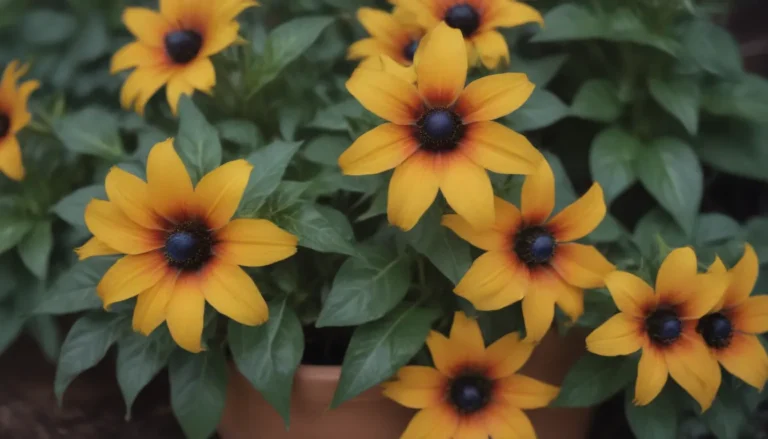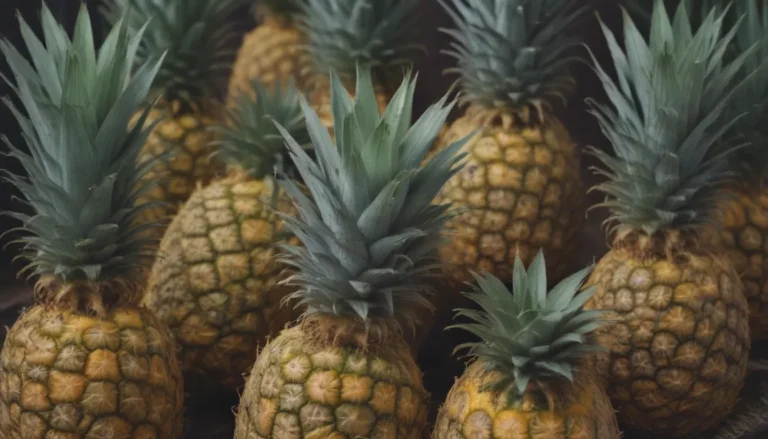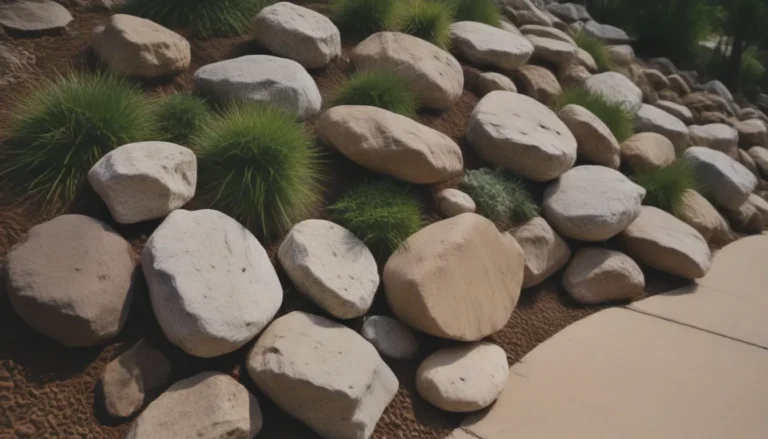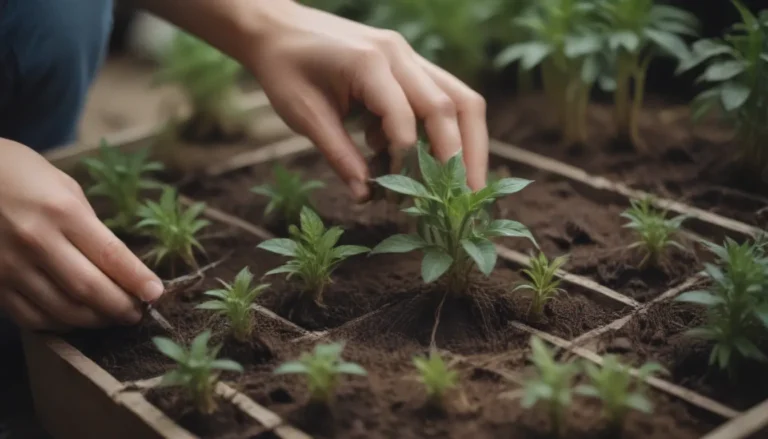How to Grow and Care for Canna Lily (Canna spp.): A Complete Guide for Beautiful Blooms
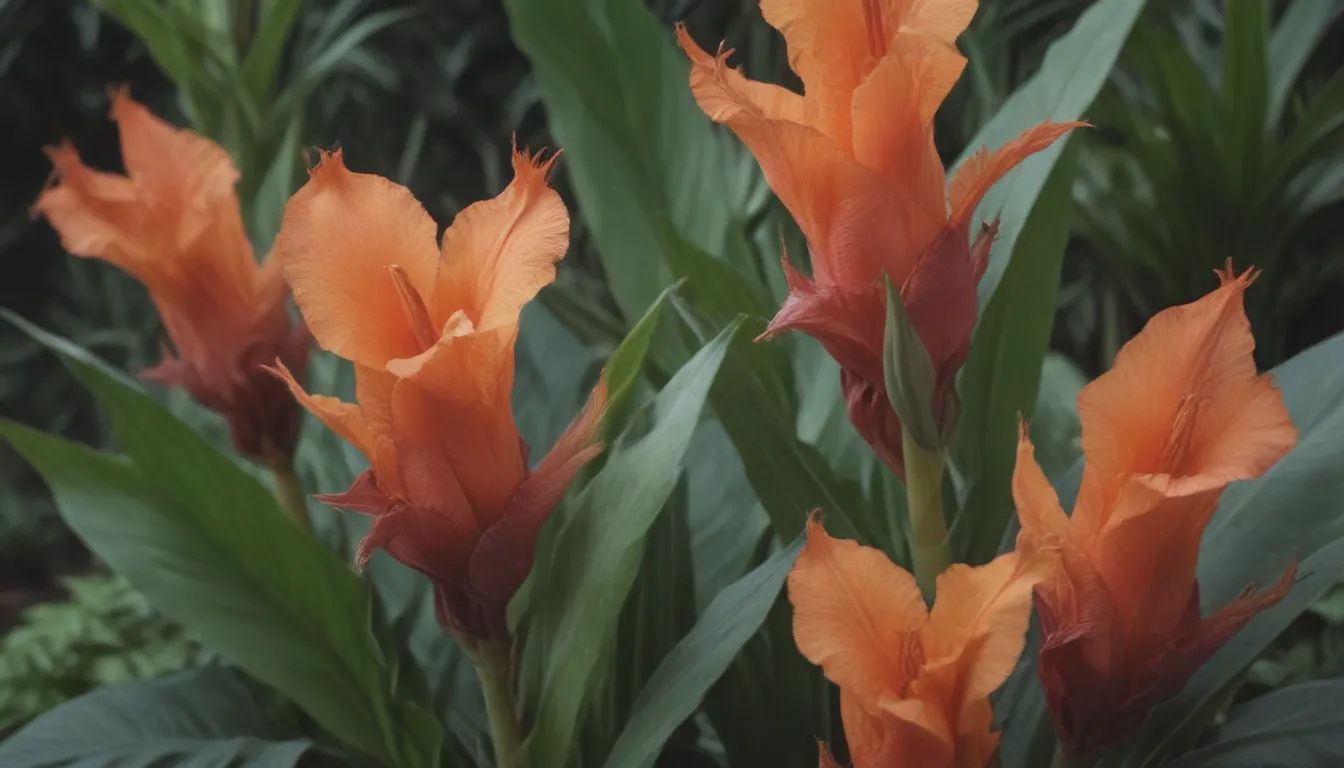
Cannas, with their vibrant flowers and tropical foliage, are a popular choice for gardeners looking to add a splash of color to their outdoor spaces. While they may look like lilies, cannas are actually a genus of plants that grow from rhizomes, not bulbs. In this comprehensive guide, we will explore everything you need to know to grow and care for cannas successfully.
Fun Facts About Cannas
- Canna is a genus with ten species, but most of the cannas grown today are horticultural cultivars.
- The name “canna lily” is misleading because, botanically, cannas are not lilies.
Canna Care Basics
Light
Cannas thrive in full sun, but they can also survive in partial sun. Make sure to plant them in a location where they will receive plenty of sunlight to promote vibrant leaf and flower growth.
Soil
These plants can tolerate a variety of soil types, as long as the soil has proper drainage. Cannas prefer rich soils high in organic matter, with a pH of around 6.5. However, they can adapt to a wide range of soil conditions.
Water
Water cannas once or twice a week, keeping the soil moist but not waterlogged. Overly wet soil can lead to root rot, so be sure to allow the soil to dry out slightly between waterings.
Temperature and Humidity
Cannas thrive in warm and humid conditions, making them ideal for tropical climates. They are sensitive to cold temperatures and frost, so be sure to protect them during colder months.
Fertilizer
Cannas are heavy feeders and benefit from regular fertilization. Use a fertilizer high in phosphorus, such as 5-10-5, to encourage blooming. Additionally, you can incorporate compost or organic fertilizer to provide extra nutrients for healthy growth.
Types of Canna
With hundreds of cultivars available, cannas come in a wide range of foliage and bloom colors. Some popular varieties include:
– ‘Red King Humbert’ or ‘Yellow King Humbert’
– ‘Shenandoah’
– ‘Tropicanna’
– ‘Pretoria’ (‘Bengal Tiger’)
– ‘The President’
– ‘Stuttgart’
Pruning and Propagating Cannas
Pruning
While cannas generally do not require pruning, cutting off flower stalks before they bloom can redirect the plant’s energy towards foliage growth if desired.
Propagating
Cannas can be easily propagated by dividing rhizomes for replanting. This process can be done in early spring or fall to encourage new growth.
Potting and Repotting Cannas
When planting cannas in containers, choose a large pot with adequate drainage to allow for proper root growth. Incorporate slow-release fertilizer into the potting soil to provide necessary nutrients for the plant’s development.
Overwintering Cannas
In colder climates, protect cannas from frost by cutting them down to the ground and storing rhizomes in a cool, dry location over the winter. Container-grown plants can be brought indoors during the winter months.
Common Pests and Plant Diseases
While cannas are generally resistant to pests, they can be susceptible to issues such as caterpillars, rust fungus, canna mosaic virus, and aster yellows. Monitor plants for signs of pests or diseases and take appropriate action if needed.
How to Get Cannas to Bloom
Cannas typically bloom from June to October. Encourage blooming by providing adequate sunlight, water, and regular deadheading of faded flowers to promote new blooms.
Common Problems with Cannas
Yellowing Leaves
Yellow leaves can be caused by overwatering, underwatering, or improper sunlight. Adjusting these factors can help restore the plant’s health.
Rhizomes that Don’t Germinate
Ensure that rhizomes have the right growing conditions, including proper soil temperature, spacing, and water. Dividing rhizomes with multiple “eyes” can also encourage successful growth.
Growing and caring for cannas can be a rewarding experience, as these beautiful plants bring color and vibrancy to any garden. By following these tips and guidelines, you can enjoy a flourishing display of cannas in your outdoor space. Experiment with different cultivars and care techniques to find what works best for your specific growing conditions.
